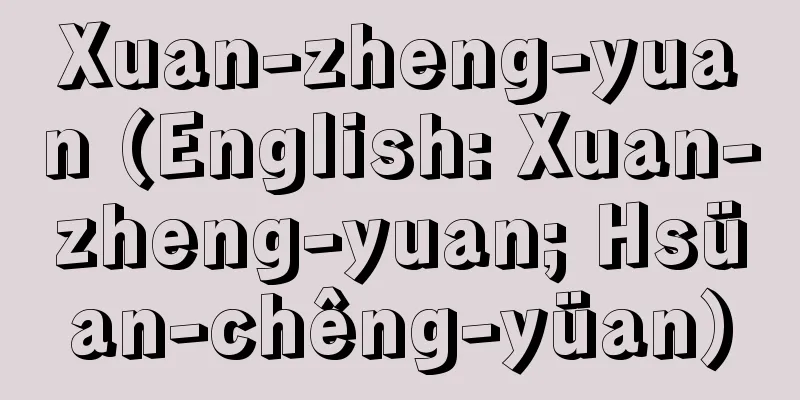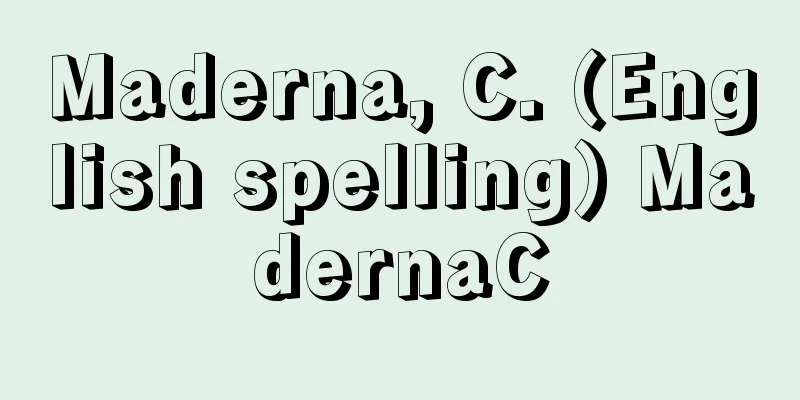Lighter - Raita (English spelling) lighter

|
Originally it meant an ignition device, but today it generally refers to a cigarette lighter used for smoking. Lighters can be divided into portable pocket lighters and table lighters based on their appearance, but there is no difference in the ignition principle, and they can also be divided into oil lighters (volatile oils such as benzine and alcohol) and gas lighters (liquid gas mixtures mainly composed of butane and propane) based on the fuel used. In terms of ignition energy, there are three types: ignition wheel type, which cuts an ignition alloy with a rotating file wheel and ignites it with the combustion heat of the spark, battery type, which ignites by spark discharge from a battery or continuous discharge from an IC, and electronic type, which ignites by applying impact to a piezoelectric element. Historically speaking, the principle of lighters is considered to be the same as the method of starting a fire with a flint, so in that sense it can be said that lighters have been around since ancient times. There is a record that Hiraga Gennai invented a flint-type lighter in Japan, but with the appearance of matches in the 19th century, flint-type ignition devices were wiped out. The first lighter to combine the ignition device and fuel tank as we know it today was the oil lighter made in England in 1906. This was made by Austrian chemist Karl Auel von Welsbach, who discovered that an alloy of iron and cerium could be used as a flint, and commercialized it using oil as fuel. It spread throughout the world during the First and Second World Wars. However, in 1946, the French company Flaminaire invented a butane lighter that used liquefied gas as fuel, creating what can be said to be the prototype of today's gas lighters. Then in 1965 (Showa 40), Maruman Co., Ltd. of Japan was the first in the world to develop an electronic lighter with a semi-permanent ignition energy source, which has been used to this day. [Kazuo Ota] Electronic lighterThe ignition energy source is a piezoelectric element made by molding powder such as lead zirconate titanate into a small cylinder and baking it at a high temperature of about 1000°C to give it a polarization process, and a discharge gap is provided at the tip of the conductor wire extending from both electrodes of this piezoelectric element, and when distortion is applied to this by impact or pressure, a spark discharge is generated and the gas is ignited. This piezoelectric element hardly wears out even after tens of thousands of repeated impact distortions, so the ignition energy is semi-permanent, and the force used to apply the impact also utilizes the principle of leverage. Therefore, a spark discharge can be easily generated by simply pressing the finger on the pressure point, and there is no need to replace or replenish the energy source due to consumption, as with ignition wheels or batteries. As for fuel, a liquefied gas mixture such as butane or propane can be stored in the tank in liquid form under pressure of 3-5 kg/ cm2 , and when this liquefied gas is released into the air it absorbs the latent heat of vaporization and gasifies, expanding in volume by about 300 times, so it lasts longer than when volatile oils such as oil are used. It also has the advantage of being able to give direction to the flame and freely control the size of the flame, which also helps make the lighter more compact. [Kazuo Ota] ©Shogakukan "> Basic structure of an electronic lighter Source: Shogakukan Encyclopedia Nipponica About Encyclopedia Nipponica Information | Legend |
|
本来は点火器具の意味であるが、今日では一般に喫煙のために用いられるシガレットライターをさす。ライターは外観によって、携帯用ポケットライターと卓上ライターに分けられるが、着火の原理について差異はなく、また使用する燃料によりオイルライター(ベンジン、アルコールなどの揮発油)とガスライター(ブタン、プロパンが主成分の混合液化ガス)に分けられる。点火エネルギー面からみると、発火合金をやすり状の回転車で切削して、その火花の燃焼熱で点火させる発火車式、電池による火花放電やICによる連続放電で点火させる電池式、圧電素子に衝撃を加えて点火させる電子式の3方式に分けられる。 歴史的にみると、ライターの原理は火打ち石で火をつける方法と同一と考えられることから、その意味では太古の時代からあったともいえる。日本でも平賀源内が火打ち石式のものを考案したという記録が残っているが、19世紀になってマッチが出現すると、火打ち石方式の点火装置は一掃された。現在のように発火装置と燃料タンクが一体化したのは、1906年にイギリスでつくられたオイルライターが最初で、これはオーストリアの化学者カール・アウエル・フォン・ウェルスバハが、鉄とセリウムの合金を発火石に用いることを発見し、燃料にオイルを使って製品化したもので、第一次・第二次世界大戦を通じて世界中に広まった。しかしその後46年に、フランスのフラミネール社が液化ガスを燃料としたブタンライターを考案し、現在のガスライターの原型といえるものをつくっている。そして65年(昭和40)に、日本の(株)マルマンが世界に先駆けて、半永久的な着火エネルギー源をもつ電子ライターを開発し、現在に至っている。 [太田一男] 電子ライター着火エネルギー源として、チタン酸ジルコン酸鉛などの粉末を小さな円柱状に成型し、約1000℃の高温で焼成して分極処理を施した圧電素子を使っており、この圧電体の両電極から出した導線の先端に放電間隙(かんげき)を設け、これに衝撃や押圧による歪(ひずみ)を加えると発生する高電圧を火花放電させ、ガスに着火させる仕組みとなっている。この圧電素子は、衝撃の歪を数万回繰り返してもほとんど消耗しないため、着火エネルギーは半永久的で、衝撃を与えるための力も、てこの原理を利用している。したがって、指圧片を指で押すだけで容易に火花放電させることができ、発火車や電池のようにエネルギー源の消耗による交換、補充が不要である。また燃料としては、ブタン、プロパンなどの混合液化ガスを3~5kg/cm2の圧力をかけた液体の状態でタンクに蓄えることができ、この液化ガスは、空気中に出ると気化潜熱を吸収してガス化し、容積が約300倍にもなるため、オイルなどの揮発油を使用した場合に比べて長もちする。また炎に方向性が得られ、炎の大きさも自由に操作できるなどの特長をもち、ライター自体のコンパクト化にも役だっている。 [太田一男] ©Shogakukan"> 電子ライターの基本構造 出典 小学館 日本大百科全書(ニッポニカ)日本大百科全書(ニッポニカ)について 情報 | 凡例 |
<<: Ryder (English spelling) Albert Pinkham Ryder
>>: Licensed production - Licensed production
Recommend
sister
…a place where Christian monks and nuns live toge...
de La Mothe, JBMV (English spelling) deLaMotheJBMV
... The architecture of the mid-18th century was ...
《Reorganisation de la société européenne》 (English notation) Reorganisation de la sociétee europeenne
…Utopian Socialist Positivism [Mori Hiroshi]. … *...
Lubumbashi - Lubumbashi (English spelling)
The capital of Katanga Province in the southeaste...
Easy listening music
It means "easy-to-listen-to music." In ...
Servant - Yonin
〘 noun 〙① A useful person. A person with a role. A...
Ofunato [city] - Ofunato
A city in the southeastern part of Iwate Prefectur...
Brickwork architecture
Architecture constructed with brick as the main ma...
National Cultural Council - kokuminbunkakaigi
A cultural movement group established in 1955 at t...
Adrenoleukodystrophy
...However, the defective enzymes in lipid metabo...
Khadi - Qāī (English spelling)
A judge who hears civil and criminal cases based ...
Red mite - Red mite
A common name for mites of the family Tetranychida...
Albert, P.
...American popular newspaper. In 1882, Albert P....
Wendish people - Wendish people
The ancestors of the Western Slavs. In Latin, they...
Wali (English spelling)
…In the center, the deusirme system disappeared a...
![Tamaki [town] - Tamaki](/upload/images/67cc25c27877a.webp)








